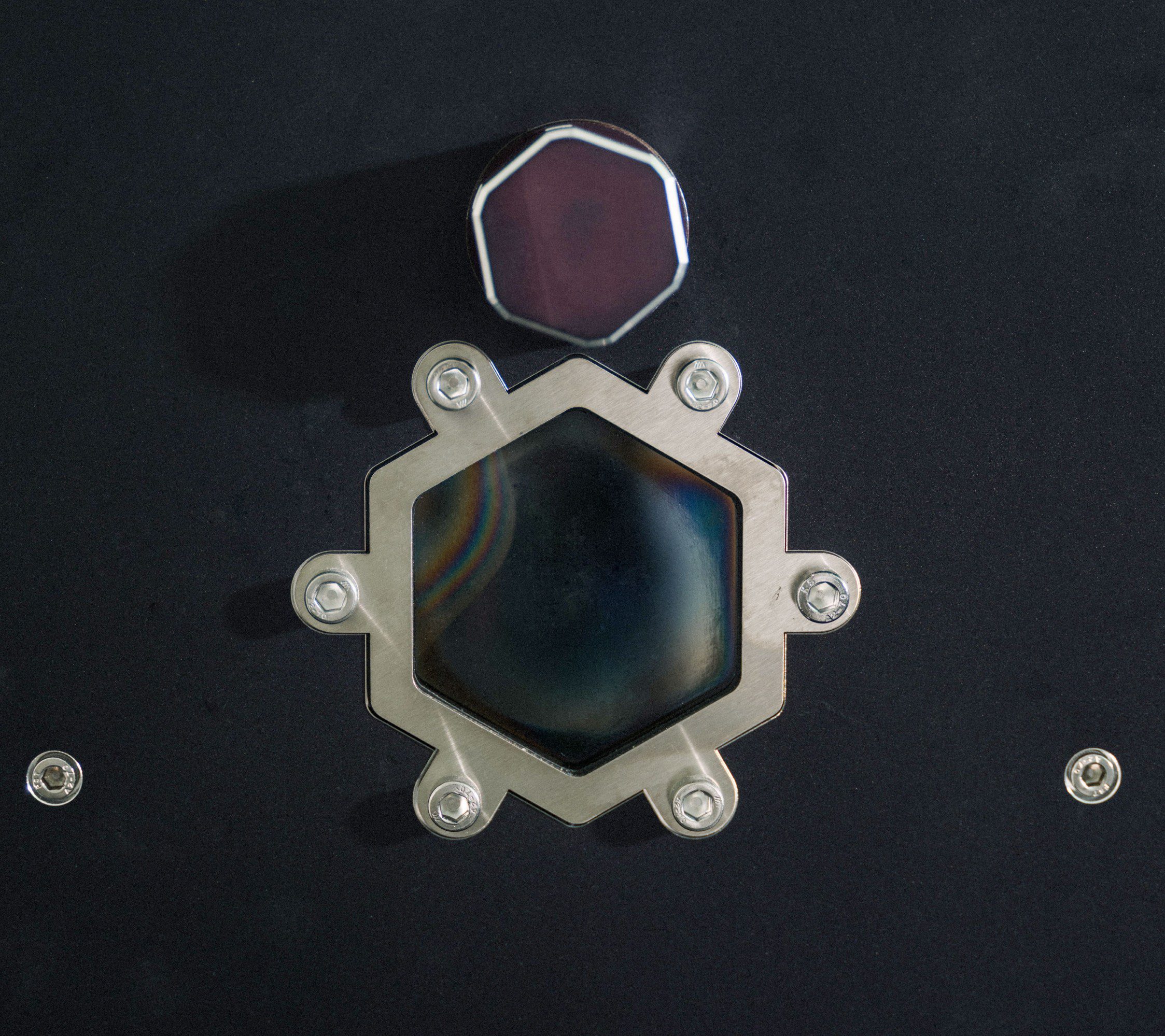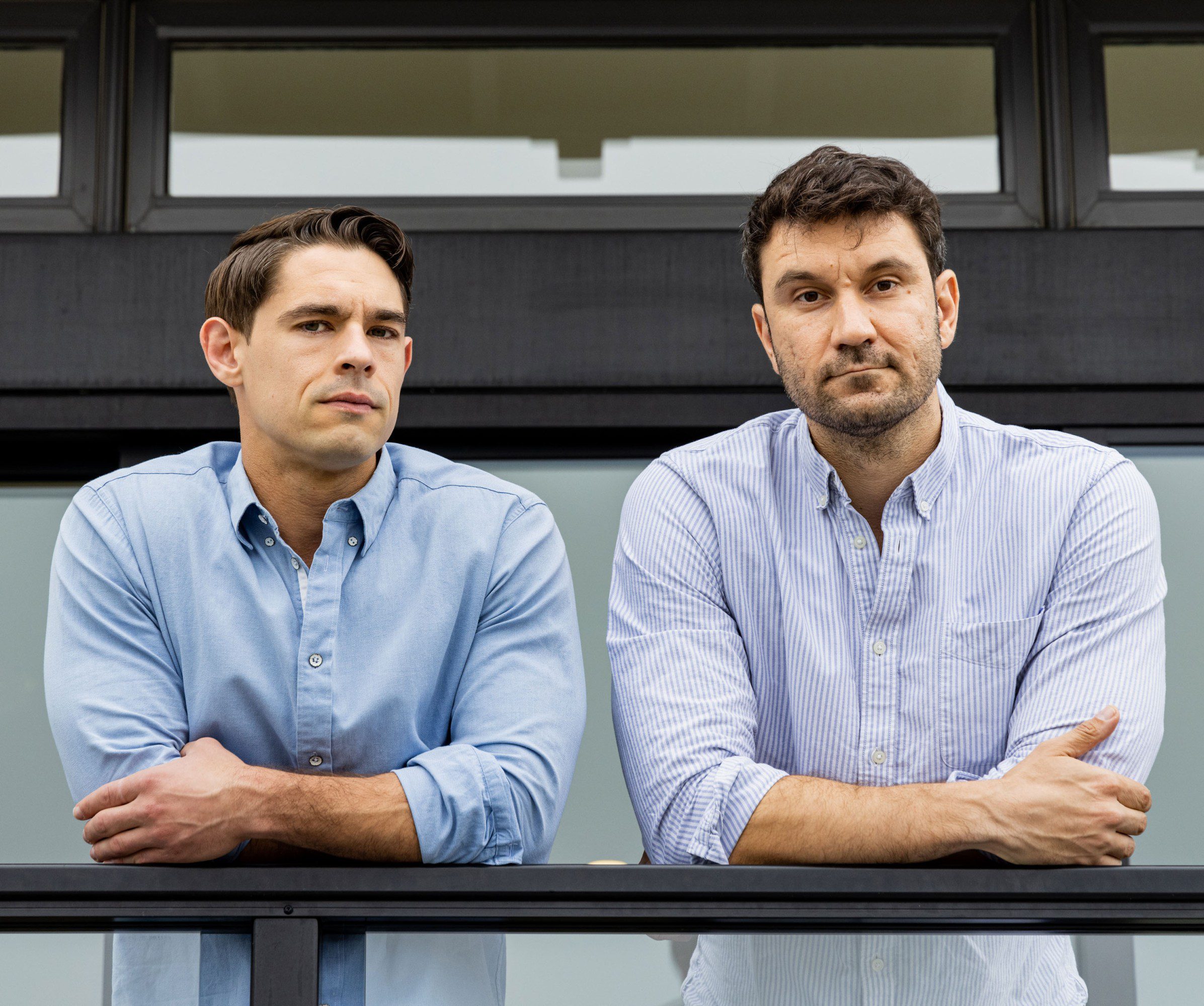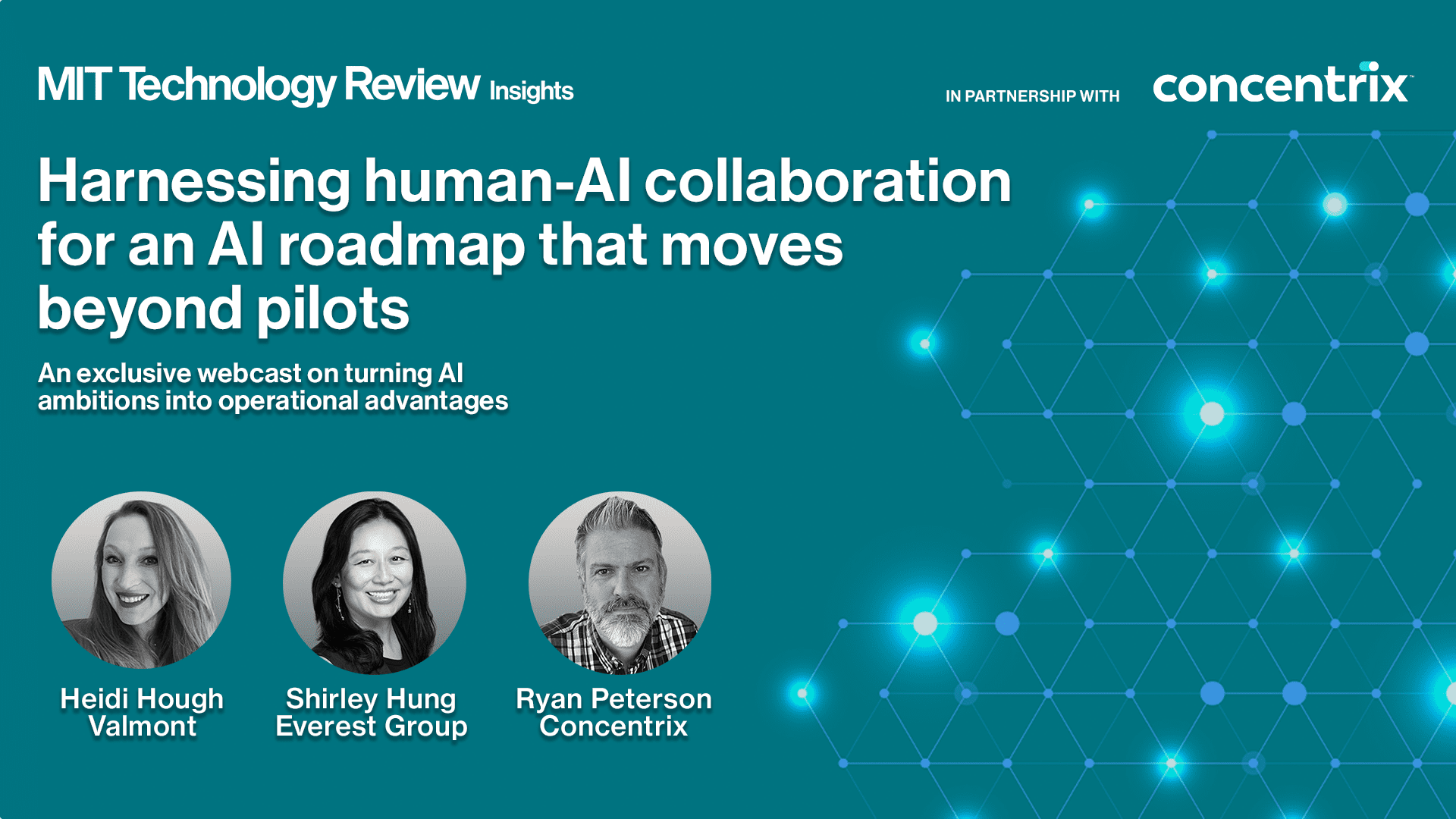What even is the AI bubble?
MIT Technology Review Explains: Let our writers untangle the complex, messy world of technology to help you understand what’s coming next. You can read more from the series here.
In July, a widely cited MIT study claimed that 95% of organizations that invested in generative AI were getting “zero return.” Tech stocks briefly plunged. While the study itself was more nuanced than the headlines, for many it still felt like the first hard data point confirming what skeptics had muttered for months: Hype around AI might be outpacing reality.
Then, in August, OpenAI CEO Sam Altman said what everyone in Silicon Valley had been whispering. “Are we in a phase where investors as a whole are overexcited about AI?” he said during a press dinner I attended. “My opinion is yes.”
This story is part of MIT Technology Review’s Hype Correction package, a series that resets expectations about what AI is, what it makes possible, and where we go next.
He compared the current moment to the dot-com bubble. “When bubbles happen, smart people get overexcited about a kernel of truth,” he explained. “Tech was really important. The internet was a really big deal. People got overexcited.”
With those comments, it was off to the races. The next day’s stock market dip was attributed to the sentiment he shared. The question “Are we in an AI bubble?” became inescapable.
Who thinks it is a bubble?
The short answer: Lots of people. But not everyone agrees on who or what is overinflated. Tech leaders are using this moment of fear to take shots at their rivals and position themselves as clear winners on the other side. How they describe the bubble depends on where their company sits.
When I asked Meta CEO Mark Zuckerberg about the AI bubble in September, he ran through the historical analogies of past bubbles—railroads, fiber for the internet, the dot-com boom—and noted that in each case, “the infrastructure gets built out, people take on too much debt, and then you hit some blip … and then a lot of the companies end up going out of business.”
But Zuckerberg’s prescription wasn’t for Meta to pump the brakes. It was to keep spending: “If we end up misspending a couple of hundred billion dollars, I think that that is going to be very unfortunate, obviously. But I’d say the risk is higher on the other side.”
Bret Taylor, the chairman of OpenAI and CEO of the AI startup Sierra, uses a mental model from the late ’90s to help navigate this AI bubble. “I think the closest analogue to this AI wave is the dot-com boom or bubble, depending on your level of pessimism,” he recently told me. Back then, he explained, everyone knew e-commerce was going to be big, but there was a massive difference between Buy.com and Amazon. Taylor and others have been trying to position themselves as today’s Amazon.
Still others are arguing that the pain will be widespread. Google CEO Sundar Pichai told the BBC this month that there’s “some irrationality” in the current boom. Asked whether Google would be immune to a bubble bursting, he warned, “I think no company is going to be immune, including us.”
What’s inflating the bubble?
Companies are raising enormous sums of money and seeing unprecedented valuations. Much of that money, in turn, is going toward the buildout of massive data centers—on which both private companies like OpenAI and Elon Musk’s xAI and public ones such as Meta and Google are spending heavily. OpenAI has pledged that it will spend $500 billion to build AI data centers, more than 15 times what was spent on the Manhattan Project.
This eye-popping spending on AI data centers isn’t entirely detached from reality. The leaders of the top AI companies all stress that they’re bottlenecked by their limited access to computing power. You hear it constantly when you talk to them. Startups can’t get the GPU allocations they need. Hyperscalers are rationing compute, saving it for their best customers.
If today’s AI market is as brutally supply-constrained as tech leaders claim, perhaps aggressive infrastructure buildouts are warranted. But some of the numbers are too large to comprehend. Sam Altman has told employees that OpenAI’s moonshot goal is to build 250 gigawatts of computing capacity by 2033, roughly equaling India’s total national electricity demand. Such a plan would cost more than $12 trillion by today’s standards.
“I do think there’s real execution risk,” OpenAI president and cofounder Greg Brockman recently told me about the company’s aggressive infrastructure goals. “Everything we say about the future, we see that it’s a possibility. It is not a certainty, but I don’t think the uncertainty comes from scientific questions. It’s a lot of hard work.”
Who is exposed, and who is to blame?
It depends on who you ask. During the August press dinner, where he made his market-moving comments, Altman was blunt about where he sees the excess. He said it’s “insane” that some AI startups with “three people and an idea” are receiving funding at such high valuations. “That’s not rational behavior,” he said. “Someone’s gonna get burned there, I think.” As Safe Superintelligence cofounder (and former OpenAI chief scientist and cofounder) Ilya Sutskever put it on a recent podcast: Silicon Valley has “more companies than ideas.”
Demis Hassabis, the CEO of Google DeepMind, offered a similar diagnosis when I spoke with him in November. “It feels like there’s obviously a bubble in the private market,” he said. “You look at seed rounds with just nothing being tens of billions of dollars. That seems a little unsustainable.”
Anthropic CEO Dario Amodei also struck at his competition during the New York Times DealBook Summit in early December. He said he feels confident about the technology itself but worries about how others are behaving on the business side: “On the economic side, I have my concerns where, even if the technology fulfills all its promises, I think there are players in the ecosystem who, if they just make a timing error, they just get it off by a little bit, bad things could happen.”
He stopped short of naming Sam Altman and OpenAI, but the implication was clear. “There are some players who are YOLOing,” he said. “Let’s say you’re a person who just kind of constitutionally wants to YOLO things or just likes big numbers. Then you may turn the dial too far.”
Amodei also flagged “circular deals,” or the increasingly common arrangements where chip suppliers like Nvidia invest in AI companies that then turn around and spend those funds on their chips. Anthropic has done some of these, he said, though “not at the same scale as some other players.” (OpenAI is at the center of a number of such deals, as are Nvidia, CoreWeave, and a roster of other players.)
The danger, he explained, comes when the numbers get too big: “If you start stacking these where they get to huge amounts of money, and you’re saying, ’By 2027 or 2028 I need to make $200 billion a year,’ then yeah, you can overextend yourself.”
Zuckerberg shared a similar message at an internal employee Q&A session after Meta’s last earnings call. He noted that unprofitable startups like OpenAI and Anthropic risk bankruptcy if they misjudge the timing of their investments, but Meta has the advantage of strong cash flow, he reassured staff.
How could a bubble burst?
My conversations with tech executives and investors suggest that the bubble will be most likely to pop if overfunded startups can’t turn a profit or grow into their lofty valuations. This bubble could last longer than than past ones, given that private markets aren’t traded on public markets and therefore move more slowly, but the ripple effects will still be profound when the end comes.
If companies making grand commitments to data center buildouts no longer have the revenue growth to support them, the headline deals that have propped up the stock market come into question. Anthropic’s Amodei illustrated the problem during his DealBook Summit appearance, where he said the multi-year data center commitments he has to make combine with the company’s rapid, unpredictable revenue growth rate to create a “cone of uncertainty” about how much to spend.
The two most prominent private players in AI, OpenAI and Anthropic, have yet to turn a profit. A recent Deutsche Bank chart put the situation in stark historical context. Amazon burned through $3 billion before becoming profitable. Tesla, around $4 billion. Uber, $30 billion. OpenAI is projected to burn through $140 billion by 2029, while Anthropic is expected to burn $20 billion by 2027.
Consultants at Bain estimate that the wave of AI infrastructure spending will require $2 trillion in annual AI revenue by 2030 just to justify the investment. That’s more than the combined 2024 revenue of Amazon, Apple, Alphabet, Microsoft, Meta, and Nvidia. When I talk to leaders of these large tech companies, they all agree that their sprawling businesses can absorb an expensive miscalculation about the returns from their AI infrastructure buildouts. It’s all the other companies that are either highly leveraged with debt or just unprofitable—even OpenAI and Anthropic—that they worry about.
Still, given the level of spending on AI, it still needs a viable business model beyond subscriptions, which won’t be able to drive profits from billions of people’s eyeballs like the ad-driven businesses that have defined the last 20 years of the internet. Even the largest tech companies know they need to ship the world-changing agents they keep hyping: AI that can fully replace coworkers and complete tasks in the real world.
For now, investors are mostly buying into the hype of the powerful AI systems that these data center buildouts will supposedly unlock in the future. At some point the biggest spenders, like OpenAI, will need to show investors that the money spent on the infrastructure buildout was worth it.
There’s also still a lot of uncertainty about the technical direction that AI is heading in. LLMs are expected to remain critical to more advanced AI systems, but industry leaders can’t seem to agree on which additional breakthroughs are needed to achieve artificial general intelligence, or AGI. Some are betting on new kinds of AI that can understand the physical world, while others are focused on training AI to learn in a general way, like a human. In other words, what if all this unprecedented spending turns out to have been backing the wrong horse?
The question now
What makes this moment surreal is the honesty. The same people pouring billions into AI will openly tell you it might all come crashing down.
Taylor framed it as two truths existing at once. “I think it is both true that AI will transform the economy,” he told me, “and I think we’re also in a bubble, and a lot of people will lose a lot of money. I think both are absolutely true at the same time.”
He compared it to the internet. Webvan failed, but Instacart succeeded years later with essentially the same idea. If you were an Amazon shareholder from its IPO to now, you’re looking pretty good. If you were a Webvan shareholder, you probably feel differently.
“When the dust settles and you see who the winners are, society benefits from those inventions,” Amazon founder Jeff Bezos said in October. “This is real. The benefit to society from AI is going to be gigantic.”
Goldman Sachs says the AI boom now looks the way tech stocks did in 1997, several years before the dot-com bubble actually burst. The bank flagged five warning signs seen in the late 1990s that investors should watch now: peak investment spending, falling corporate profits, rising corporate debt, Fed rate cuts, and widening credit spreads. We’re probably not at 1999 levels yet. But the imbalances are building fast. Michael Burry, who famously called the 2008 housing bubble collapse (as seen in the film The Big Short), recently compared the AI boom to the 1990s dot-com bubble too.
Maybe AI will save us from our own irrational exuberance. But for now, we’re living in an in-between moment when everyone knows what’s coming but keeps blowing more air into the balloon anyway. As Altman put it that night at dinner: “Someone is going to lose a phenomenal amount of money. We don’t know who.”
Alex Heath is the author of Sources, a newsletter about the AI race, and the cohost of ACCESS, a podcast about the tech industry’s inside conversations. Previously, he was deputy editor at The Verge.










